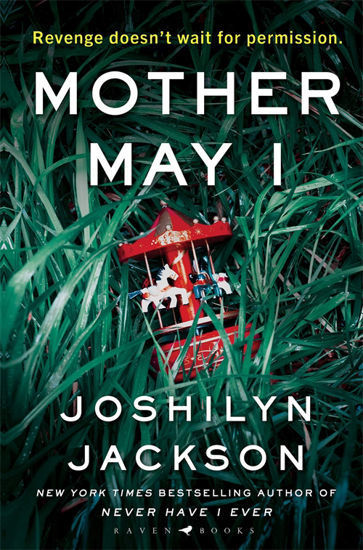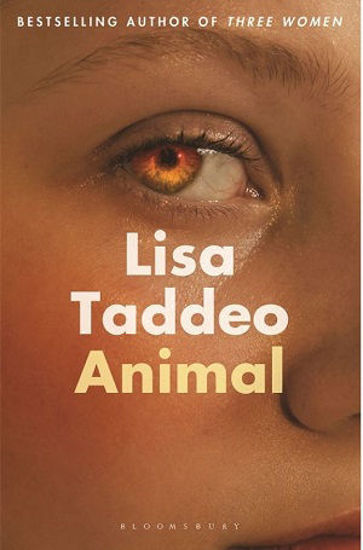Blog
If you have registered with BEbooks, don't forget to take advantage of your registration: some FREE RESOURCE contents are only available to the registered users
To develop your child's interest in law, here is a good start:
If you are interested in learning about Roman Law in a casual setting with other beginners, you are invited to join them https://romanlaw.org.au/ . For more information about the Group, please select the "FAQ" page https://romanlaw.org.au/faq . if your children have the ambition to study law in the future, here is a good start.
- For more information about the Melbourne Chapter of the Group, please send a message via the contact form, which is accessible here (or from the menu above). The Convener of the Melbourne Chapter will respond to you with more information.
- For more information about the Sydney Chapter of the Group, please send a message via the contact form, which is accessible here (or from the menu above). The Convener of the Sydney Chapter will respond to you with more information about the Group, and details of the next meeting.
Accurate spelling is an important part of the process of learning to write at primary school. Good spelling is also a big part of the writing curriculum at school.
Learning to spell well is really useful if we want our children to become confident writers. If they constantly stop to think about how words are spelled while they write, it can interrupt their thinking about important parts of writing like word choice and sentence construction. If they’re confident spellers, they’re also much more likely to make adventurous vocabulary choices. Obviously, there’s a lot more to being a strong writer than spelling, but confidence in spelling can make a big difference.
What spelling skills in Year 1 (age 5–6)
Spelling words using the 40+ phonemes they have already learnt
Phonics is a way of teaching children to read and spell. English is made up of around 44 different sounds. We call these sounds phonemes. Like most languages, English has a code for how we write these sounds down. Each phoneme can be represented by one or more letters.
Phonics is the main way your child will learn to spell at the start of primary school. You can use phonics by encouraging your child to spell a word by breaking it up into individual sounds and then matching those sounds to the letters of the alphabet.
Reminding children to segment ‘frog’ into its four sounds – ‘f’ ‘r’ ‘o’ ‘g’ – sounds like such a basic way of supporting spelling, but practising it is very important if it is to become second nature.
have a look at the following VDO from oxford owl to know how to help at home, practise phonics.
When they start primary school, children will learn to use phonics to spell words that contain these sounds. English writing sometimes represents the same sound in different ways, so they might not always get it right every time (for example, they might spell ‘name’ as ‘naim’ or ‘naym’).
Spelling common exception words
In some English words, the spelling of the word doesn’t appear to fit with the phonemes that children have been taught so far. These are often called ‘common exception words’ or ‘tricky words’. In Year 1, children will learn to spell the ones that are used most often in writing. They include:
the, a, do, to, today, of, said, says, are, were, was, is, his, has, I, you, your, they, be, he, me, she, we, no, go, so, by, my, here, there, where, love, come, some, one, once, ask, friend, school, put, push, pull, full, house, our
To practise spelling common exception words, here is Year 1 common exception words worksheet.
Best selling books from Oxford childen's:
Children are taught phonics in prep or even in kinder.
Phonics involves learning the 44 letter sounds (known as phonemes) and understanding how they are represented in written form by a letter or letters (known as graphemes).
How do parents support the children learning at home?
1. Listen to your child read: try to find time to hear your child read every day. It could be at bedtime, or before school. Your patient and be impressed are very important to the child.
2. Read to your children: it's important to read and enjoy books together with your child. Listening to audiobooks is beneficial for your child when they can't read.
Watch Julia Donaldson, author of The Gruffalo, read stories Cat Nap, Mum Bug’s Bag, Singing Dad, The Odd Pet, The Wrong Kind of Knight, Paula the Ve
3. choose proper books are the most important part of children's learning
Books for age 4–5
- Read with Oxford: Stage 1. Non-fiction: Animals and Us
- Read with Oxford: Stage 1. Non-fiction: Weather and Seasons
- Read with Oxford: Stage 2. The Bucket Rocket and Other Stories
- Read with Oxford: Stages 2-3. Phonics: My Storytelling Kit
- Progress with Oxford Addition and Subtraction Age 4-5
- Progress with Oxford Numbers and Counting up to 20 Age 4-5
- Oxford Reading Tree Biff, Chip and Kipper Level 2 Stories Pack of 6
More children books:
- Read with Oxford
- Progress with Oxford
- Oxford reading tree (subject to stock availability check)
- Popular children books
It's an important foundation for the early reading skills your child will learn at this age. The proper skills will make your child ready for starting school.
Sharing stories, songs, and rhymes together and building talking and listening skills at this age is beneficial for children. See OxfordOWL video with some tips and stories:
Active voice
In a sentence with an active verb, the subject of the verb is doing the action. This is called the active voice.
What are active and passive sentences?
Would you sort the sentences to show whether they are in the active or passive voice?
Same washed the car.
The house was painted by Joe.
The carrot was eaten by the rabbit
George painted a picture.
Kate was driven to football practice by her dad.
Adverbial
A word or phrase that gives more information about a verb or clause. An adverbial can be an adverb, a phrase or a subordinate clause.
The bird ate the apple noisily.
The cat sleeps all day.
We’ll play when we get home.
Fronted adverbials are adverbials placed at the beginning of a sentence. There is usually a comma after a fronted adverbial. Watch our short animation for more information.
If you have a child in their first year of primary school, there is a good chance you will have come across the word Phonics. Phonics is a method of learning to read words that is taught from the start of Reception.
Here is oxfordOwl video about phonics:
"Chilling, thought-provoking, and hauntingly written, Mother May I kept me on the edge of my seat with its breathless race against time."
—Megan Miranda, New York Times bestselling author of The Girl from Widow Hills
Revenge doesn’t wait for permission.
Bree Cabbat married into a family with wealth, power, and connections, and now has all a woman could ever dream of.
Until the day she awakens and sees an old woman peering into her bedroom window.
Later that day, she spies the old woman again, in the parking lot of her daughters’ private school ... just minutes before Bree’s infant son, asleep in his car seat only a few feet away, vanishes. It happened so quickly—Bree looked away only for a second. There is a note left in his place, warning her that she is being is being watched; if she wants her baby back, she must not call the police or deviate in any way from the instructions that will follow.
To get her baby back, Bree must complete one small—but critical—task. It seems harmless enough, but her action comes with a devastating price, making her complicit in a tangled web of tragedy and shocking secrets that could destroy everything she loves. It is the beginning of an odyssey that will lead Bree to dangerous places, explosive confrontations, and chilling truths.
Bree will do whatever it takes to protect her family—but what if the cost tears their world apart.

A Balm for the Soul from Author/Illustrator Ruby Jones
A beautiful and uplifting collection of heartfelt and soothing messages that provide compassion and connection for everyone feeling overwhelmed in their lives.
All of This is for You is balm for anyone feeling lost and detached from today’s confusing, hectic world. In her heartfelt notes, Ruby Jones reminds us that even when times are tough, it remains important to be kind and gentle with ourselves and those around us.
Jones received worldwide recognition after she posted an illustration of two women—one of them a Muslim wearing a hijab—embracing after the 2019 Christchurch terrorist attacks. The image was accompanied by an extraordinary message of empathy and understanding: "This is your home and you should have been safe here."
A beacon of hope and kindness, All of This is for You is for every one of us, because no matter the individual issue—whether it’s self-image, identity, depression, grief, or anxiety—we all struggle with challenges. Jones's soothing insights are a breath of fresh air during tough times, and a reminder of humanity's inherent and enduring goodness.

